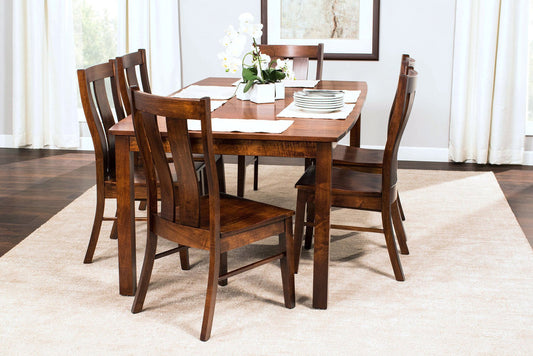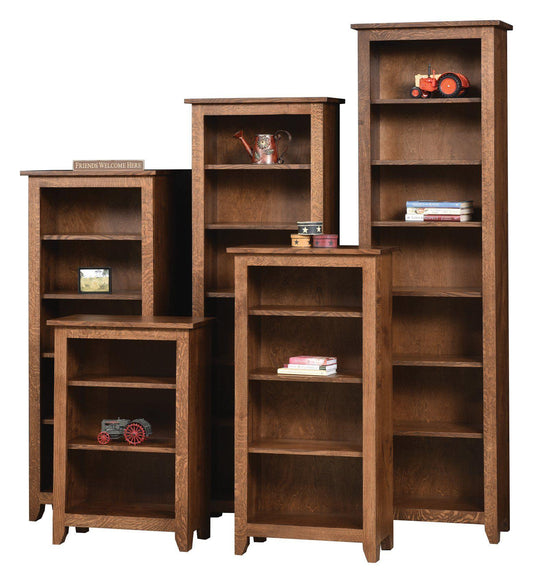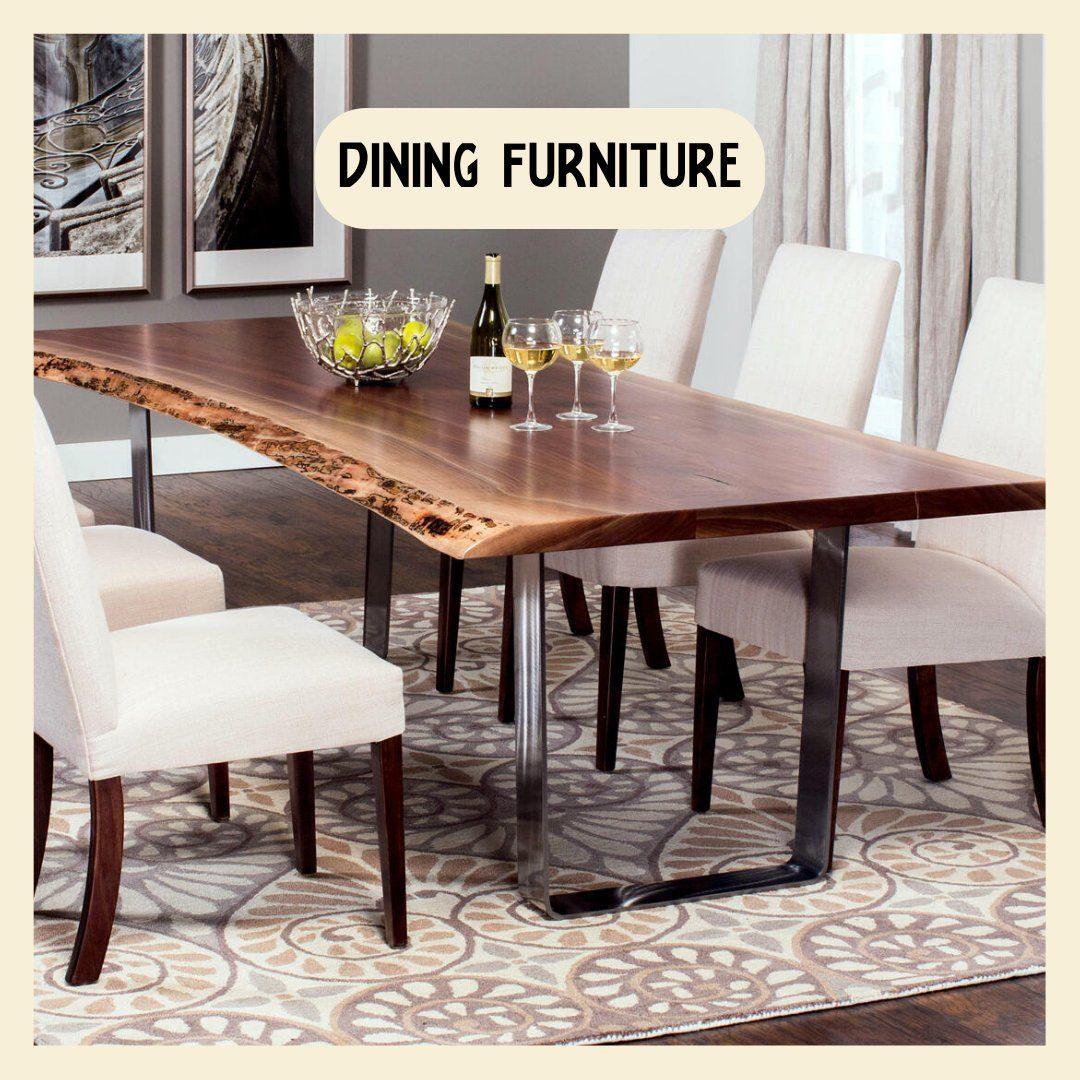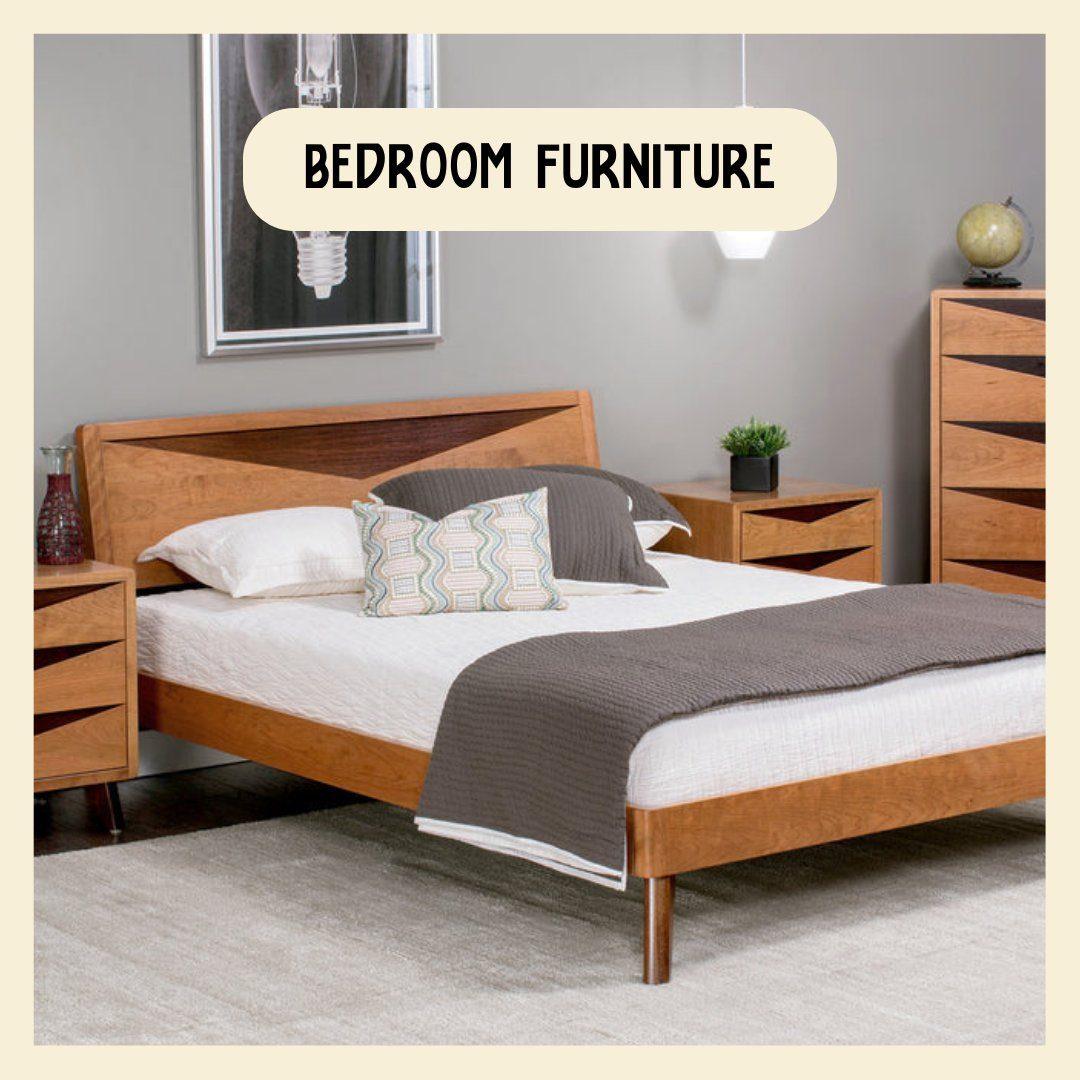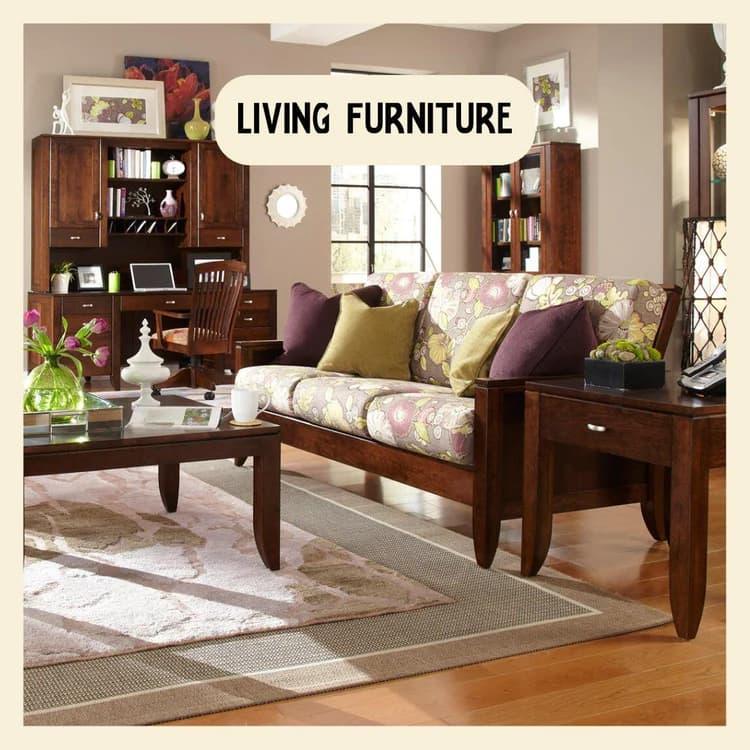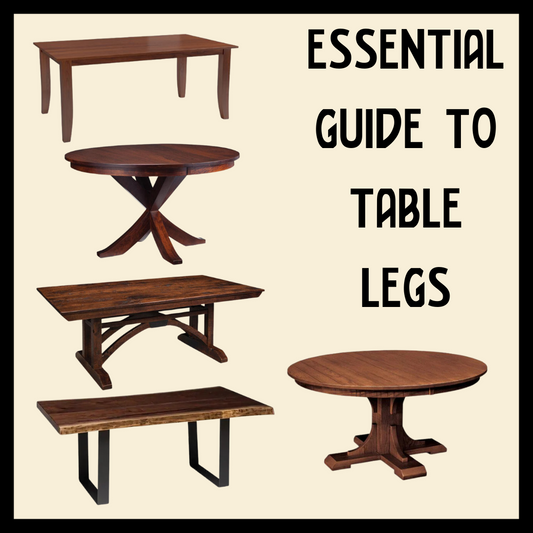Frank Lloyd Wright’s Prairie Style Home - What it is and How to Get the Look
Born and raised in the Midwest, it doesn’t get much more all-American than this!

Robie House, photo by David Arpi on Flickr
Recognizable by a combination of flat roof lines, massive walls of windows, open, asymmetrical floor plans, minimal ornamentation, and a blending with the surrounding landscape, the prairie style home has surpassed the test of time. Its undeniable impact on today’s American home can be seen in everything from the desire for open concept living, to minimalist decor to a seamless blending of indoor/outdoor living spaces.
Let’s dig a bit deeper into what exactly it is, how Frank Lloyd Wright popularized the trend with his architectural stylings and how to get the look in your home whether you live in an actual prairie style or not.
What is Prairie Style Architecture?
If it looks like you watered the land and the resulting house sprung directly from your efforts, you’ve got the look the founding architects of the movement, including Frank Lloyd Wright, were going for. Of course this is an oversimplification of their work, but hopefully it paints a vivid picture. Basically, its designers were hoping to mimic the lines of the Midwestern, prairie-esque landscape.

Arthur Heurtley House, Photo by Teemu008 on Flickr
Dating back to the late 19th-century and originating in the Midwest, particularly Chicago, this home style popularized angular aesthetics with sturdy construction and a low-profile build. Giving their residents plenty of space both inside and out, prairie style homes were designed in a way that was meant to blend, not clash with their natural surroundings.
Key characteristics include:
- Flat rooflines - overhanging awnings, wide eaves and low-pitched hipped roofs
- Minimal ornamentation - any external features are meant to show off the home’s sturdiness and durability
- Complement the landscape - low profile helps homes blend seamlessly into surrounding landscape (or prairie) from which they were built
- Prominent foundation - use of solid and durable materials in design and build
- Open and asymmetrical floor plans - visually interesting with a casual feel
- Walls of windows - letting in lots of natural light brings its occupants closer to nature with glass serving as a piece of art rather than barrier
The Frank Lloyd Wright Influence
Although prairie style homes got their start before Frank Lloyd Wright, he was the legendary architect to make them famous.

Photo by Zander Betterton on Unsplash
After the devastation of the 1871 Great Chicago Fire, architects began working on a new design of home that would be sturdy and resilient in preparation for the Chicago’s 1893 World’s Fair. Having moved to the city in 1887, Wright watched as these homes were designed as an alternative to the excess of the Victorian era and decided he too could bring something to the movement.
According to Ken Dahlin, an architect at Genesis Architecture in Racine, Wisconsin, Wright sought to “destroy the box.” This meant the first floor would be all one room, that form follows function, and that the house should start as a tree and branch out as space allows.

Dana Thomas House, Photo by Patrick Emerson on Flickr
These homes were finally coined ‘Prairie’ only after Wright published building plans in 1901 titled “A House in a Prairie Town.”
While he incorporated many elements of the original prairie style homes (formerly known as The Chicago Group), he also added a few of his own:
- Horizontal lines - His passion for Japanese prints meant that everything (trim, bricks, siding, etc) would have horizontal lines
- Built-in furniture - Wright rejected decorating with unrelated art and clutter and featured built-in furniture surrounded by precise decor
How to Furnish and Decorate a Prairie Style Home
If you’re wanting to get the Frank Lloyd Wright prairie style look think sleek, unornamented and simple. Always take function into consideration and find a few great pieces that are well presented and maybe even a little eclectic!
Low, Long and Horizontal
The furniture should be minimal and incorporate one of the above-mentioned characteristics. Mid century modern pieces do well as do certain contemporary designs. Try adding a long bench or sofa, or a low to the ground coffee table. Solid wood dining tables and tufted armchairs also work well in a prairie style space.

Natural Wood, Earth Tones and Motifs
Use wood, stone or glass and solid-color upholstery with colors such as taupe, cream, pale yellow or terra cotta. Blues and greens work well too, just keep them light and solid. Oak furniture was a favorite of Frank Lloyd Wright’s as it matched the interior woodwork of the house and is still a popular wood choice for this style today.
Use one shape (such as a square or hexagon) or plant form and repeat it or use variations of it throughout the room.

Photo by Courtney Pickens on Unsplash
Japanese-Inspired
Frank Lloyd Wright was heavily influenced and inspired by the simplicity of Japanese design. Incorporating themes from nature, Japanese-inspired furnishing and decorating is calming, quiet, balanced and interestingly beautiful. Platform beds or futons offer horizontal lines and sit low-to-the ground emphasizing the spatial proportions unique to the prairie style home.



